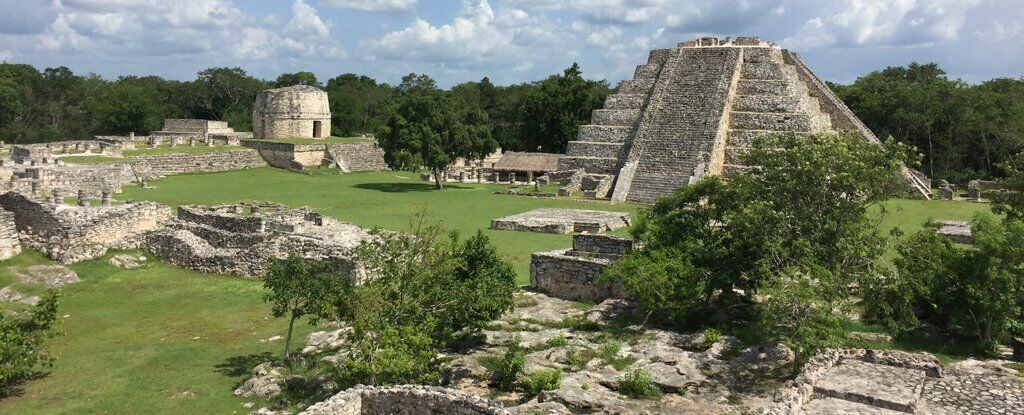News
Where the Maya people really disappeared to: history hailed as a warning to humanity
The fate of the Mayan people is still debated in scientific circles. According to recent studies, the reason for the disappearance of the civilization could be a terrible drought. Climate change likely led to civil conflict, which in turn caused the system to collapse.
Recent studies are full of warnings about how climate change can quickly destroy the most established and prosperous civilizations. The details were reported by Science Alert.
The Maya is one of the most advanced civilizations of pre-Columbian America, known for its stunning achievements in art, astronomy, and architecture. By the way, despite widespread misconceptions, the representatives of these people did not disappear without a trace. Today, hundreds of thousands of Maya Indians continue to live in the same territories where their ancestors lived a thousand years ago. They have even managed to preserve their traditions and partially their language.
When we talk about the classical Mayan civilization, it began to take shape around 1999 BC – 250 AD, reached its heyday in 250-900, and its decline is usually associated with the arrival of the conquistadors. The ancient Maya lived in mountainous Guatemala and Yucatan.
According to recent research, civil conflict among the Mayan people was significantly exacerbated by a long dry period between 1400 and 1450. It was the prolonged drought that led to the escalation of tensions in society, but then the Maya managed to show resilience, ensuring the preservation of political and economic structures until the arrival of the conquistadors in the early 16th century.
"Correlations have been found between increased rainfall and population growth in the area, as well as between further decreases in rainfall and increased conflict," the 2022 study says.
Scientists add that a prolonged drought during 1400-1450 most likely led to the decline of the ancient capital Mayapán.
The lack of water affected agriculture and trade routes, putting a strain on the capital's residents. As food became scarcer and the situation more dangerous, people either died or fled.
Recently, a mass grave was unearthed. The condition of the remains, which probably belonged to members of the family of the Kokom (heads of state), indicates a violent death that may have been caused by rival factions and social unrest.
The findings confirm the well-known institutional collapse of Mayapán between 1441 and 1461, which was the result of a civil conflict, which is evidenced in written records from the early colonial period.
Massive resettlement to other parts of the Yucatan Peninsula, including the coastal areas, helped the Mayan culture to flourish for some time after the fall of the capital.
The former capital was a more protected area compared to the coastal settlements, which soon witnessed the arrival of the first conquistadors.
Today, these same regions, along with the rest of the world, are once again facing a climate crisis. Archaeological and historical records contribute to the study of past social impacts of climate crises over long-term cycles and may help prevent history from repeating itself.
Subscribe to OBOZ.UA channels on Telegram and Viber to keep up with the latest events.




























